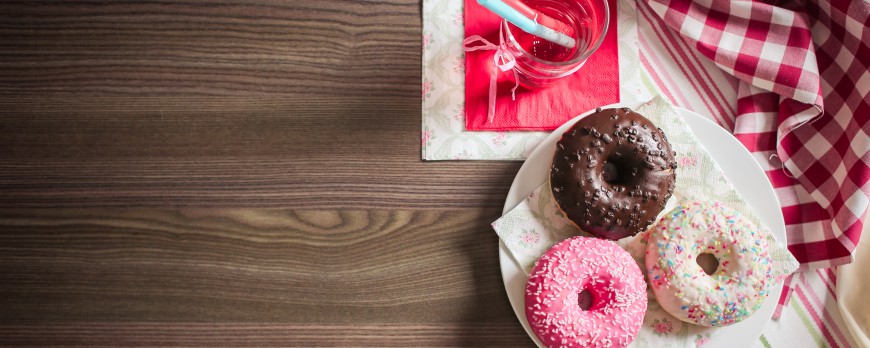Stop compulsive snacking
Can't stop once you've started the cookie package? The bowl of peanuts doesn't stand a chance against you? You are not alone, and there are explanations for this loss of control!
Simply put, our dorsolateral prefrontal cortex (DLPFC) is put on pause.
This area of the brain plays an essential role in many higher functions of our brain, including regulating our actions. The dorsolateral prefrontal cortex therefore has the duty to monitor our eating behaviours and temper possible straying.
One of the main triggers of uncontrolled eating is stress. Stress has a deleterious effect on the DLPFC that could be compared to the control tower of eating behaviour. Stress produces too much cortisol, which will bind to certain receptors in the DLPFC and paralyze their proper functioning.
Once the DLPFC is disconnected, the brain areas of pleasure become the masters on board and risk making us eat everything and anything in an unreasonable manner.
To avoid reaching this state, it is best to put some strategies in place:
- First of all, don't skip meals, especially not breakfast! When we are hungry, our body eventually becomes stressed and our brain is commanded by our stomach...
- It is also very important to maintain a constant blood sugar level and therefore to avoid any hypoglycaemia.
- Finally, in case of continuous stress, think about using relaxation methods such as yoga, sophrology, light therapy, meditation, jogging, heart coherence, and of course LAUGHTER!





Li** ******in 2017-09-22
Parfait les explications. Merci.C est tout moi.
Maintenant quand on a envie on a envie.... meme avec le jogging....etc....etc...
Est ce qu on peut faire un test pour savoir si on produit trop de cortisol?